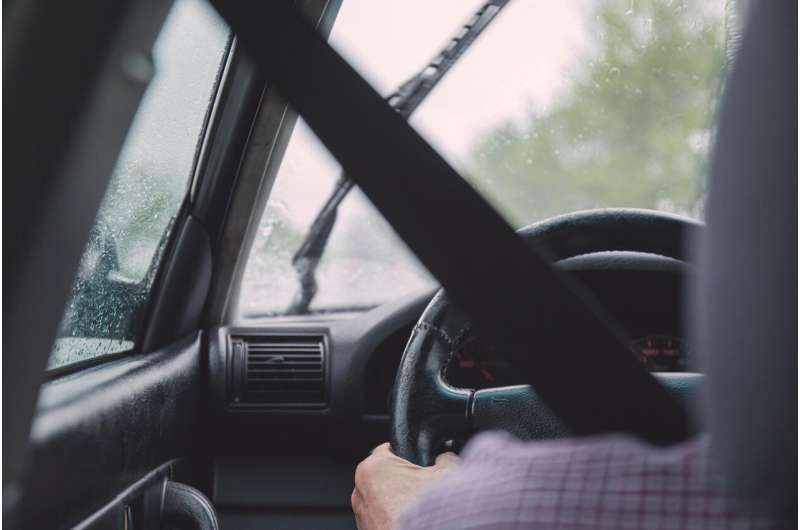
JUNE 24, 2024 by Edith Cowan University
Collected at: https://techxplore.com/news/2024-06-camera-technology-facial-cues-drunk.html
Researchers at Edith Cowan University (ECU) are developing new computer tracking technology that takes data from camera footage to detect whether a driver is impaired by alcohol or not when they get behind the wheel.
Working with Mix by Powerfleet to collect data from alcohol-impaired drivers in a controlled but realistic environment, a series of videos were taken of drivers by scientists.
The participants, ranging across three levels of alcohol intoxication—sober, low intoxication, and severely intoxicated—were recorded while driving on a simulator.
Researchers then presented a machine learning system that uses discernible cues from standard RGB (red, green and blue) videos of the driver’s faces to gauge the degree of alcohol related impairment. These included facial features, gaze direction and head position. The research was presented at the IEEE/CVF Winter Conference on Applications of Computer Vision.
“Our system detects varying levels of alcohol intoxication impairment, with an overall accuracy of 75% for the three-level classification,” ECU Ph.D. student Ms. Ensiyeh Keshtkaran said.
“This not only benefits vehicles equipped with driver monitoring systems and eye-tracking technologies but also has the potential to extend to smartphones, making alcohol intoxication detection more effective.
“Our system has the capability to identify intoxication levels at the beginning of a drive, allowing for the potential prevention of impaired drivers from being on the road. This sets it apart from methods reliant on observable driving behaviors, which require extended active vehicle operation to identify impairment.”
ECU Senior Lecturer Dr. Syed Zulqarnain Gilani said the new technology was the first to employ a standard RGB camera to detect alcohol intoxication levels based on signs of impairment in a drivers’ faces.
“This research confirms that it is possible to detect intoxication levels using just a simple camera. The next step in our research is to define the image resolution needed to employ this algorithm. If low resolution videos are proven sufficient, this technology can be employed by surveillance cameras installed on roadside, and law enforcement agencies can use this to prevent [drunk] driving.”
A computer vision-based approach could potentially be integrated into road cameras in the future, similar to how these cameras currently detect seatbelt usage or mobile phone activity, making it applicable to various vehicle types without requiring specialized in-cabin installations.
The technology also contains 3D and infrared videos of the driver’s face, rearview RGB videos showing driver posture and steering interactions, driving simulation event logs, and screen recordings of driving behavior.
“The availability of this dataset not only enriches our research endeavors, but also provides the broader scientific community an invaluable resource for further exploration and study,” Dr. Gilani explained.
More information: Ensiyeh Keshtkaran et al, Estimating Blood Alcohol Level Through Facial Features for Driver Impairment Assessment, 2024 IEEE/CVF Winter Conference on Applications of Computer Vision (WACV) (2024). DOI: 10.1109/WACV57701.2024.00448

Leave a Reply